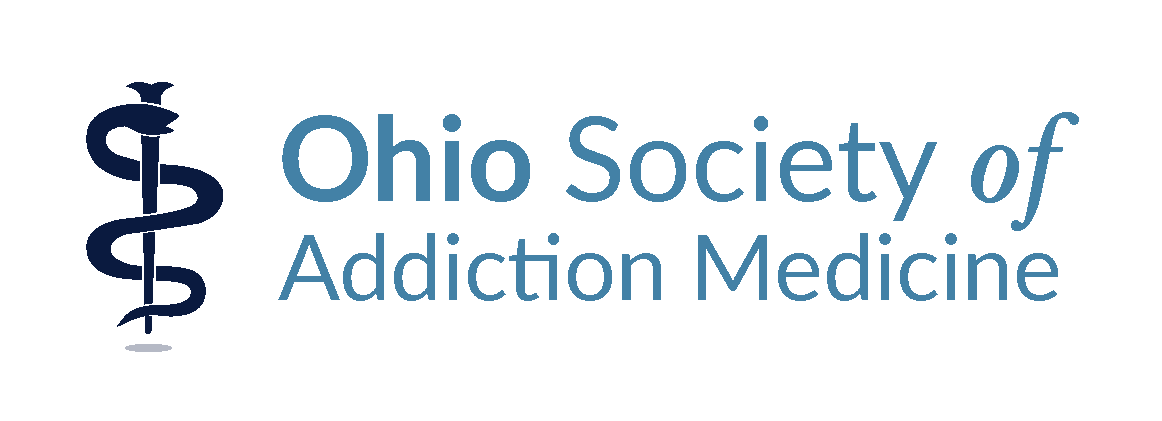First supervised injection sites open in the US in New York City
By: Christina M. Delos Reyes, MD
In November 2021, New York City opened two sites in Manhattan where drug users can safely inject drugs under the eye of medical personnel. On the first day, staff reversed two overdoses. They saved two lives.
Europe, Canada and Australia contain most of the supervised or controlled injection sites of the 100 or so that are open. In November, the United States joined the list of countries, with the opening of these two sites in NY City. Other cities are considering this move also.
What is a safe injection site?
The sites allow people to bring in illicit drugs and inject them there, without fear of harassment and under medical supervision so that any overdose can be caught and treated. They stay as long as needed. They can talk to counsellors and peer-counsellors before they leave. In the language of public health, having a supervised injection site is a form of harm reduction, similar to having a designated driver on drinking nights.
A well-known safe injection site opened in Vancouver in 2003. The experiences at this site are documented by Travis Lupick in “Fighting for Space: How a Group of Drug Users Transformed One City’s Struggle with Addiction.” Vancouver’s site has had over 3 million visits, and a program coordinator there says that being in the thick of where people are using is key. More info on it is here.
What are the positives?
The positives on opening these sites are that the isolation, fear, and shame which can mask the disease of substance use disorder and obstruct treatment can be dropped. Patients can be more transparent. One regular at the Vancouver injection site said, “there’d be a lot more people dead without them.” It’s typical for those using that facility to ask about becoming sober, unprompted. People do not want to have a substance use disorder (“be on drugs”). They use the site because it is clean, because it is safe, because they will not get sick from withdrawal there. Staff can provide advice on how to reduce infection after injection. Patients can get their drug tested to confirm what’s in it. It’s anonymous. There’s minimal paperwork. The focus is on developing human relationships, which is often severely damaged by drug use. Here a drug user can become a person (who has a substance use disorder). Conversations about other needs – housing and mental health for example – can take place. And… no one has ever died at any supervised injection sites worldwide. The Vancouver site monitored their population and found its presence did not in any way increase or encourage drug use. The police found outdoor disturbances on the decline in the area of the safe injection site. Businesses in the area were pleased that there were fewer people taking drugs publicly around their shops.
The evidence for some of the benefits of safe injection sites can be found here.
There is no specific legislation or regulation around these sites. Discussions about regulation are often confused emotional concerns rather than scientific inquiry.
How we speak and think about addiction is critical. Thinking that evolved from the oft-cited “War on Drugs” policies from President Nixon’s tenure in the 1970’s designated the supply of drugs as the reason for addiction. Here’s a good synopsis of that policy
The national publicity which sold us on the war on drugs continues to confuse discussions about a disease contracted by a certain type of brain (an addiction-prone brain). The drug-war thinking about substance use disorder is that it is a moral failing, not a disease. This results in the harmful denial of treatment based on the erroneous conclusion that treatment of the disease increases the prevalence of the disease.
Some believe that safe injection sites normalize drug use, that harassing people is a good way to keep them from taking drugs, and that any non-harassment is the equivalent of telling them to “just stay on the drugs” even if they are harming your health, job, family and finances. We forget or deny that those with substance use disorder do not want to be addicted, nor do they want to feel the very real sickness that accompanies withdrawal without treatment. They will do all they can to avoid withdrawal symptoms.
Then there are opponents of safe injection sites who like the idea of having them, but only so long as the sites are not in their own neighborhood. Some communities that focus on the fact that drug use is illegal, feel that it is unacceptable to enable drug use, whatever the health implication. Some people hold morality-based opinions suggesting that treating substance use disorder is saving people from their own decisions and actions, and so inherently irresponsible.
Without diving deeply, there are a few common-sense responses to the above.
- Since substance use disorder affects all social classes, all races, all communities whether rural or urban, it is already in your own neighborhood. Safe injection sites just bring the problem out of hiding. Interventions are more likely to be effective if they are available everywhere since the problems exist everywhere.
- Drug usage is illegal because the law says it is. Were the law to change, the criminality would also change. Safe injections sites are designed to offer a safe place for acts to occur that will occur in an unsafe place if no injection sites are available.
- Safe injections sites have been shown to decrease deaths, decrease infections, and provide a portal for entry into treatment. This is an evidence-based method of decreasing human suffering.
These thoughts are offered to create an expansive discussion space where scientific inquiry can thrive. Watching Vancouver and now New York offer a new approach can help us change our thinking and our discussion around addiction.

